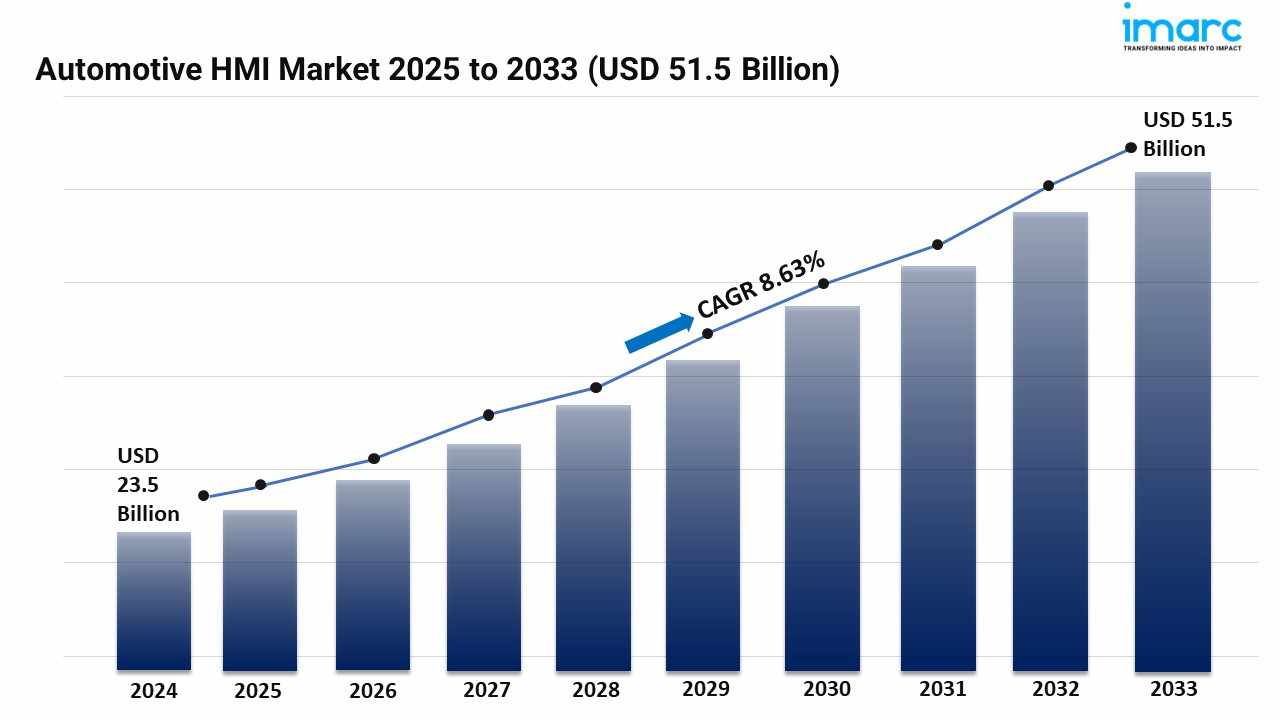
Market Overview:
The Automotive HMI Market is experiencing significant expansion, driven by Growing Integration of Advanced Driver Assistance Systems (ADAS), Rising Demand for Connected and Autonomous Vehicles and Increasing Consumer Preference for Enhanced In-Vehicle User Experience. According to IMARC Group's latest research publication, "Automotive HMI Market: Global Industry Trends, Share, Size, Growth, Opportunity and Forecast 2025–2033", The global automotive HMI market size reached USD 23.5 Billion in 2024. Looking forward, IMARC Group expects the market to reach USD 51.5 Billion by 2033, exhibiting a growth rate (CAGR) of 8.63% during 2025-2033
This detailed analysis primarily encompasses industry size, business trends, market share, key growth factors, and regional forecasts. The report offers a comprehensive overview and integrates research findings, market assessments, and data from different sources. It also includes pivotal market dynamics like drivers and challenges, while also highlighting growth opportunities, financial insights, technological improvements, emerging trends, and innovations. Besides this, the report provides regional market evaluation, along with a competitive landscape analysis.
Grab a sample PDF of this report: https://www.imarcgroup.com/automotive-hmi-market/requestsample
Our Report Includes:
Market Dynamics
Market Trends and Outlook
Competitive Analysis
Industry Segmentation
Strategic Recommendations
Growth Factors in the Automotive HMI Industry:
Growing Integration of Advanced Driver Assistance Systems (ADAS)
The increasing adoption of ADAS technologies is driving substantial demand for sophisticated HMI systems that can effectively communicate safety information to drivers. ADAS features including adaptive cruise control, lane departure warning, collision avoidance, and parking assistance require intuitive interfaces that present critical information without causing driver distraction. HMI systems must display real-time alerts, sensor data, and system status through visual, auditory, and haptic feedback mechanisms. As vehicles incorporate more ADAS features and progress toward autonomous driving capabilities, the complexity and importance of HMI systems continue to grow.
Rising Demand for Connected and Autonomous Vehicles
The automotive industry's transition toward connected and autonomous vehicles is fundamentally transforming HMI requirements and design philosophies. Connected vehicles require interfaces that seamlessly integrate smartphone connectivity, cloud services, over-the-air updates, and vehicle-to-everything (V2X) communication capabilities. Autonomous vehicles present unique HMI challenges as the driver's role evolves from active control to passive monitoring and supervision. HMI systems must clearly communicate the vehicle's autonomous capabilities, current operating mode, and handover requests while providing confidence and transparency in autonomous operations.
Increasing Consumer Preference for Enhanced In-Vehicle User Experience
Modern consumers expect automotive HMI systems to deliver experiences comparable to their smartphones and consumer electronics devices. There is growing demand for large touchscreen displays, high-resolution graphics, responsive touch interfaces, and personalized user experiences. Voice recognition, gesture control, and natural language processing are becoming standard expectations rather than premium features. Consumers seek seamless integration with their digital ecosystems, including smartphone mirroring, app integration, and personalized content streaming. The expectation for intuitive, aesthetically pleasing interfaces that minimize learning curves is driving continuous innovation in automotive HMI design.
We explore the factors propelling the automotive HMI market growth, including technological advancements, consumer behaviors, and regulatory changes.
Key Trends in the Automotive HMI Market
Adoption of Multi-Modal Interaction Technologies
The automotive industry is moving beyond traditional button-based controls toward multi-modal interaction systems that combine touchscreens, voice commands, gesture recognition, and haptic feedback. This approach allows drivers to choose the most appropriate interaction method based on driving conditions and personal preferences, enhancing safety and usability. Advanced voice recognition systems powered by artificial intelligence are enabling more natural conversations with vehicles, while gesture controls allow drivers to adjust settings without taking their eyes off the road.
Integration of Augmented Reality and Head-Up Displays
Augmented reality (AR) HMI systems are transforming how information is presented to drivers by overlaying digital content directly onto the real-world view through windshield displays and AR head-up displays. These systems can highlight navigation directions, identify hazards, display ADAS information, and provide contextual information about surrounding objects. AR HMI reduces the need for drivers to look away from the road, improving safety while delivering more intuitive and immersive information presentation.
Personalization and Artificial Intelligence Integration
Automotive HMI systems are incorporating AI and machine learning to create personalized user experiences that adapt to individual driver preferences and behaviors. These systems learn from driver habits, adjusting seat positions, climate settings, entertainment preferences, and display configurations automatically. AI-powered predictive interfaces anticipate driver needs, offering proactive suggestions and adjustments. This personalization extends to multiple driver profiles, allowing vehicles to recognize different users and adapt accordingly.
We explore the factors driving the growth of the market, including technological advancements, consumer behaviors, and regulatory changes, along with emerging Automotive HMI Market trends.
Leading Companies Operating in the Global Automotive HMI Industry:
Alps Electric Co. Ltd.
Capgemini Engineering (Capgemini SE)
Continental Aktiengesellschaft
DENSO Corporation
EAO AG
Faurecia Clarion Electronics Co. Ltd. (Faurecia SE)
Harman International Industries (Samsung Electronics Co. Ltd.)
Luxoft (DXC Technology)
Marelli Holdings Co. Ltd.
Panasonic Holdings Corporation
Robert Bosch GmbH (Robert Bosch Stiftung GmbH)
Valeo
Visteon Corporation
Automotive HMI Market Report Segmentation:
By Product:
Instrument Cluster
Central Display
Head-Up Display
Others
Instrument cluster represented the largest segment as it offers real-time information on speed, fuel level, engine temperature, navigation directions, and other critical vehicle data.
By Access Type:
Standard
Multimodal
Multimodal accounted for the largest market share, which can be attributed to the rising focus on enhanced user friendliness.
By Technology:
Visual Interface
Acoustic
Mechanical
Others
Visual interface holds the biggest market share on account of the increasing need for real-time access to critical vehicle data, navigation information, and entertainment options.
By Vehicle Type:
Passenger Cars
Commercial Vehicles
Passenger cars exhibit a clear dominance in the market due to the rising focus on connectivity, entertainment, and convenience.
Regional Insights:
North America (United States, Canada)
Asia Pacific (China, Japan, India, South Korea, Australia, Indonesia, Others)
Europe (Germany, France, United Kingdom, Italy, Spain, Russia, Others)
Latin America (Brazil, Mexico, Others)
Middle East and Africa
Asia Pacific enjoys the leading position in the automotive HMI market, which can be accredited to the increasing adoption of advanced technologies in automobiles.
Note: If you require specific details, data, or insights that are not currently included in the scope of this report, we are happy to accommodate your request. As part of our customization service, we will gather and provide the additional information you need, tailored to your specific requirements. Please let us know your exact needs, and we will ensure the report is updated accordingly to meet your expectations.
About Us:
IMARC Group is a global management consulting firm that helps the world’s most ambitious changemakers to create a lasting impact. The company provide a comprehensive suite of market entry and expansion services. IMARC offerings include thorough market assessment, feasibility studies, company incorporation assistance, factory setup support, regulatory approvals and licensing navigation, branding, marketing and sales strategies, competitive landscape and benchmarking analyses, pricing and cost research, and procurement research.
Contact Us:
IMARC Group
134 N 4th St. Brooklyn, NY 11249, USA
Email: sales@imarcgroup.com
Tel No:(D) +91 120 433 0800
United States: +1–201971–6302

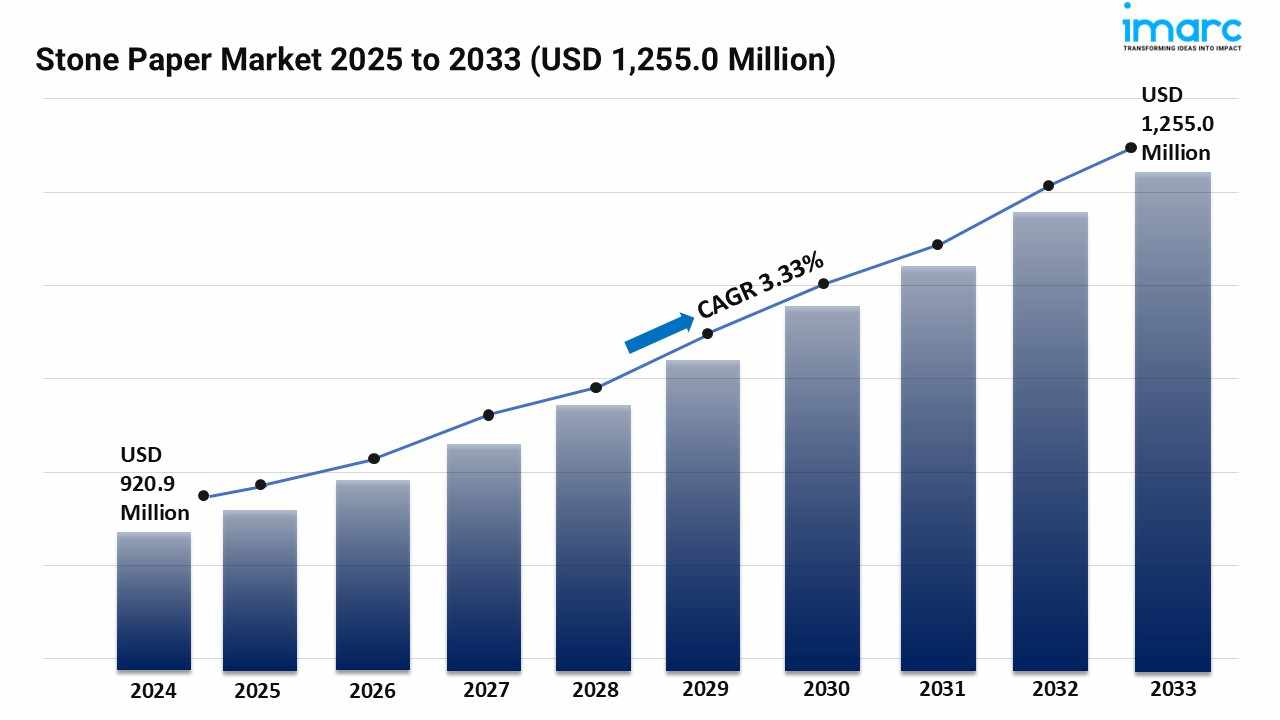
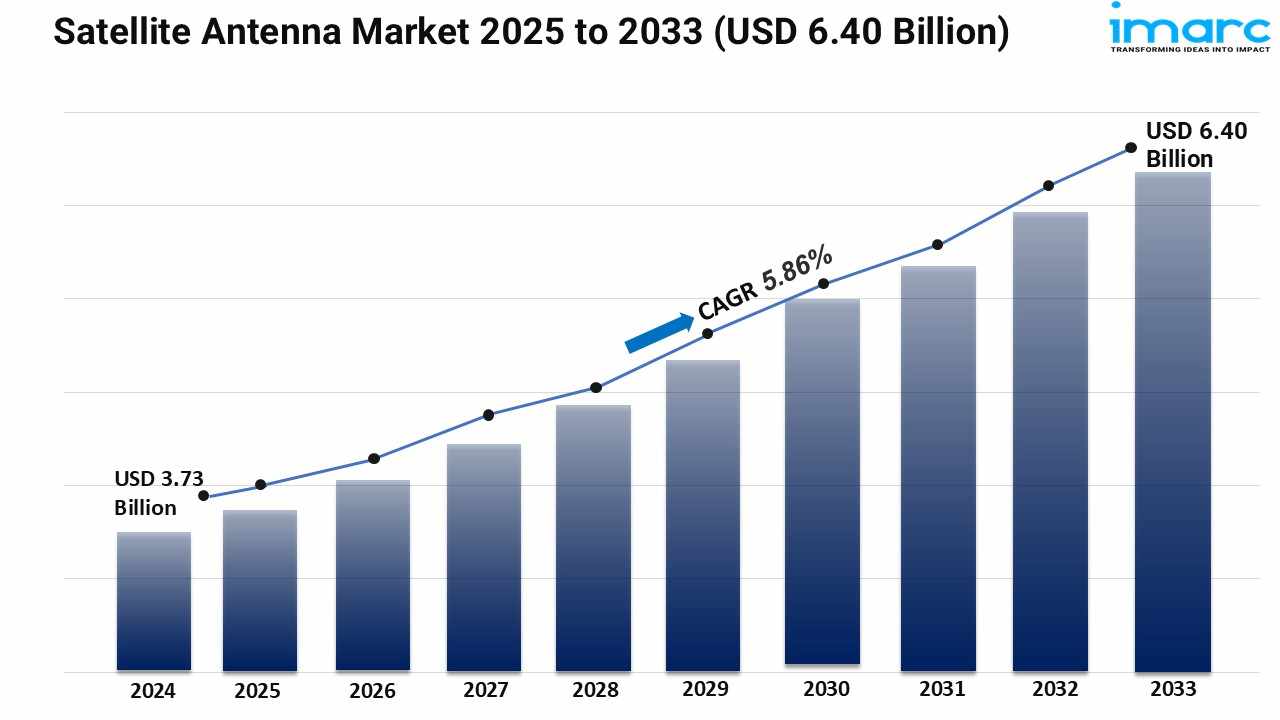
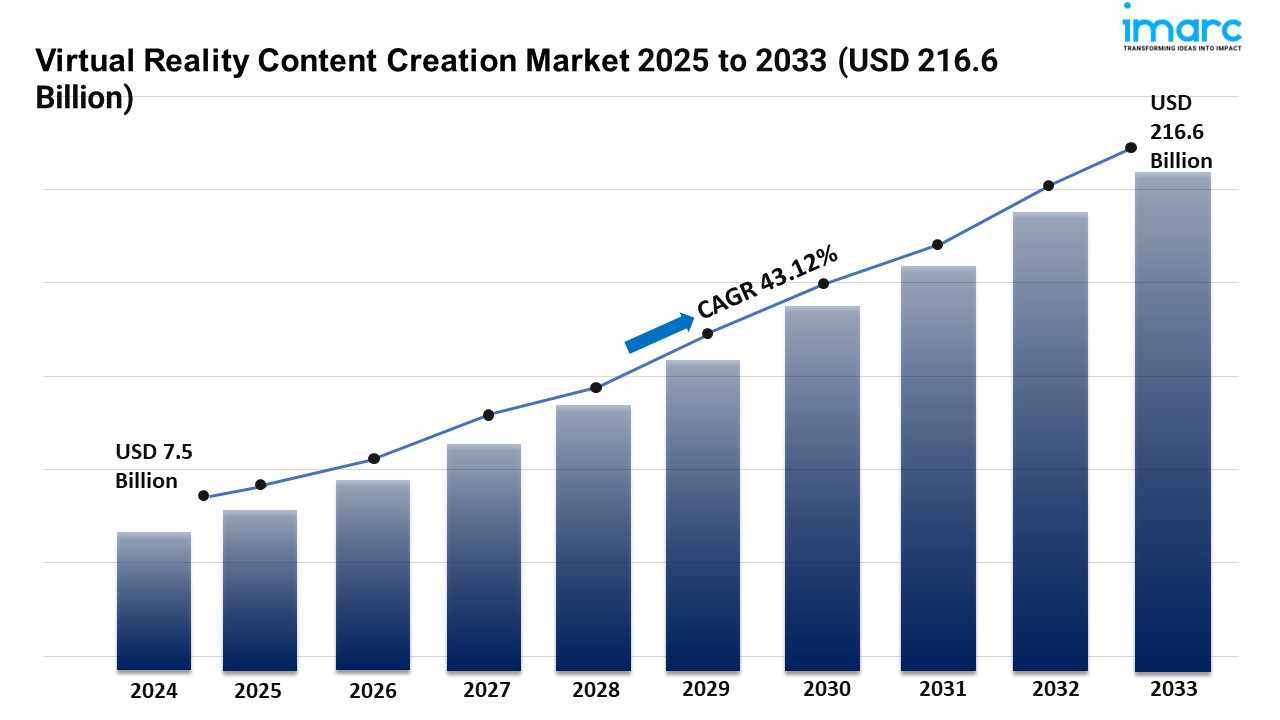
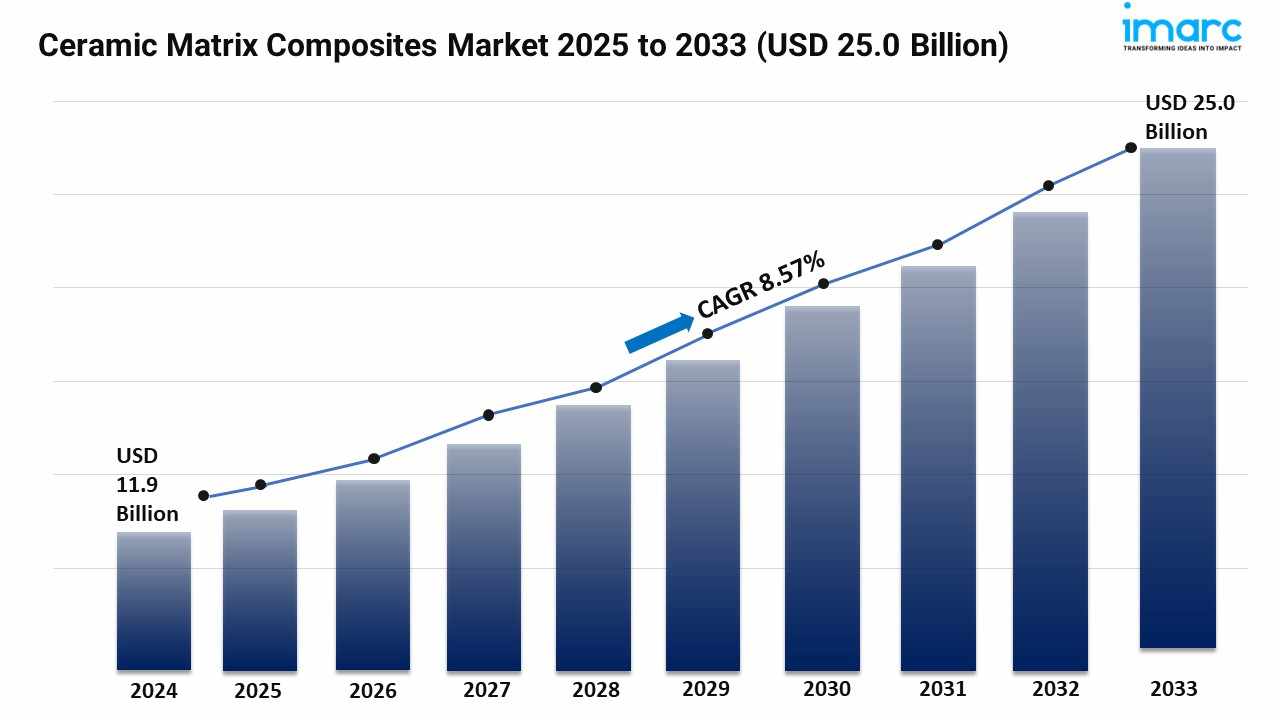
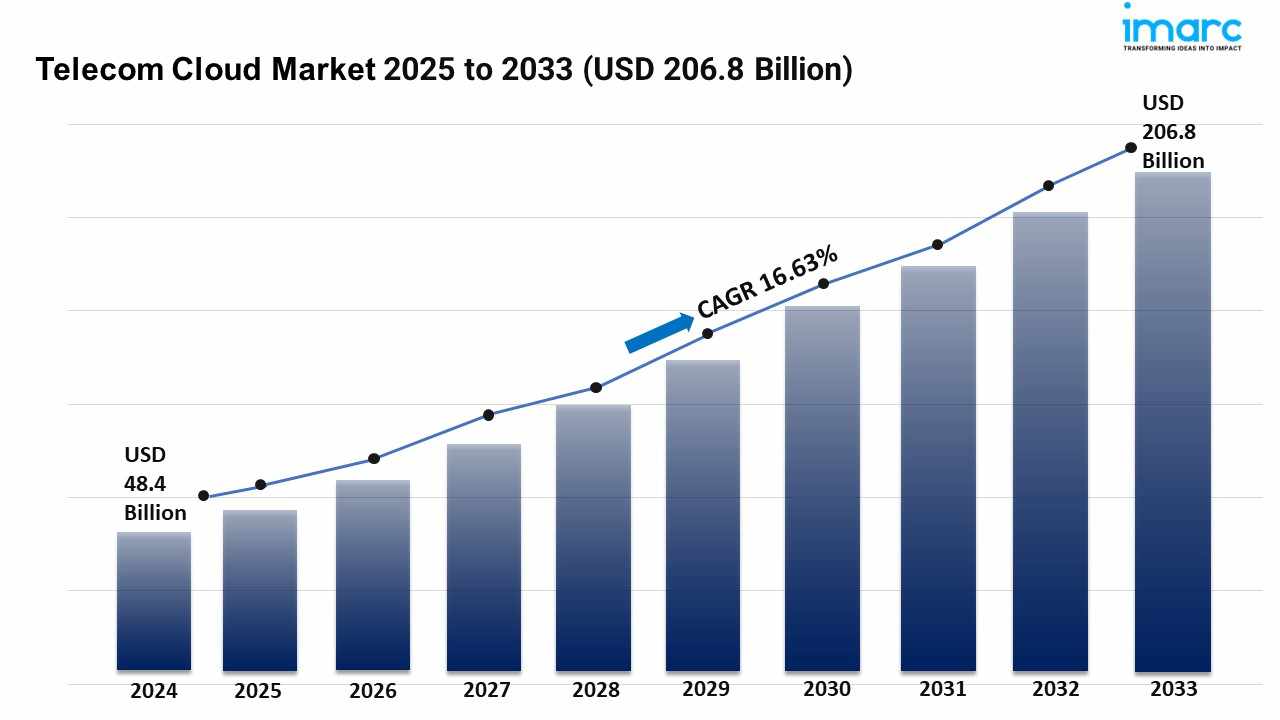
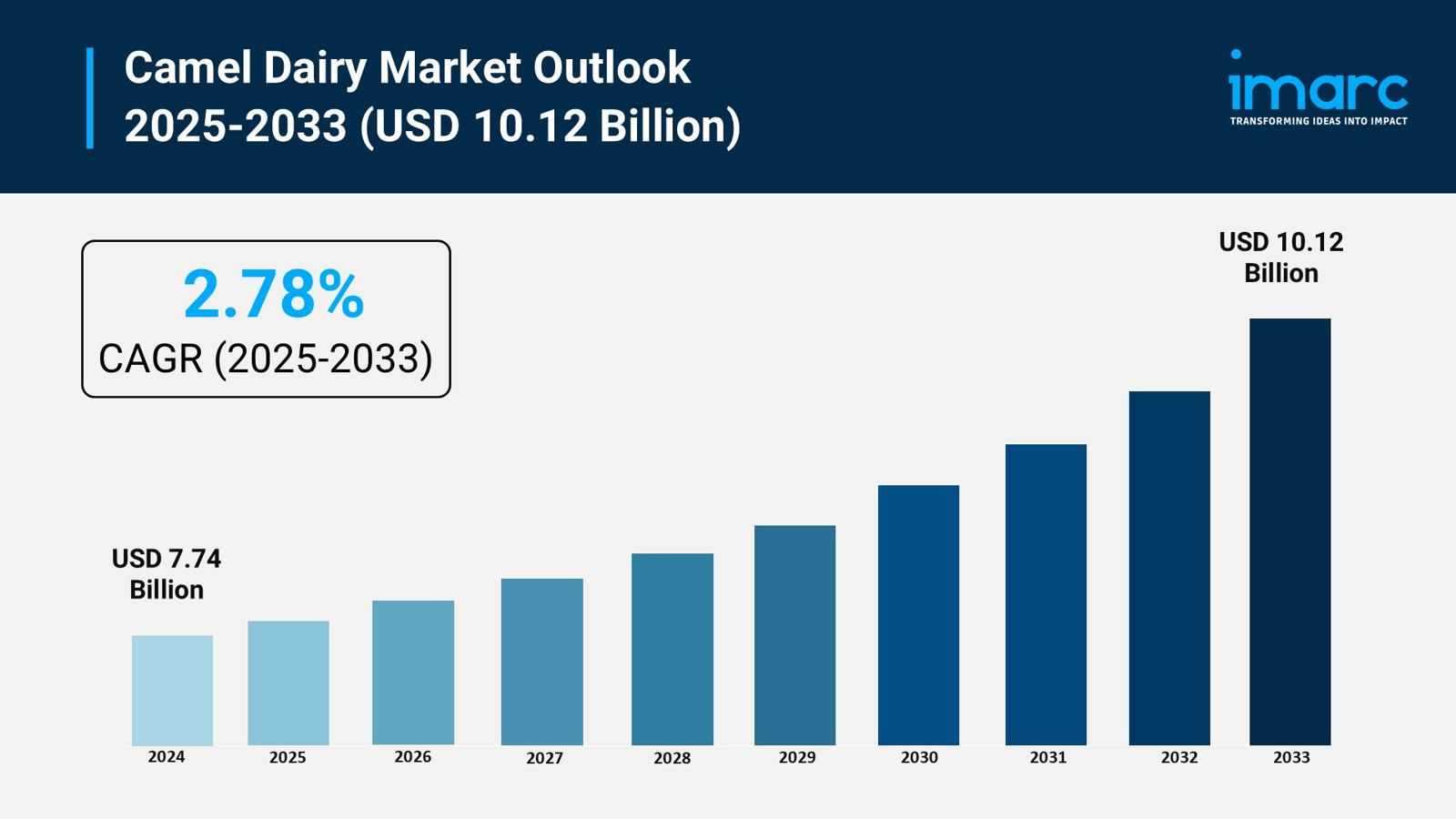
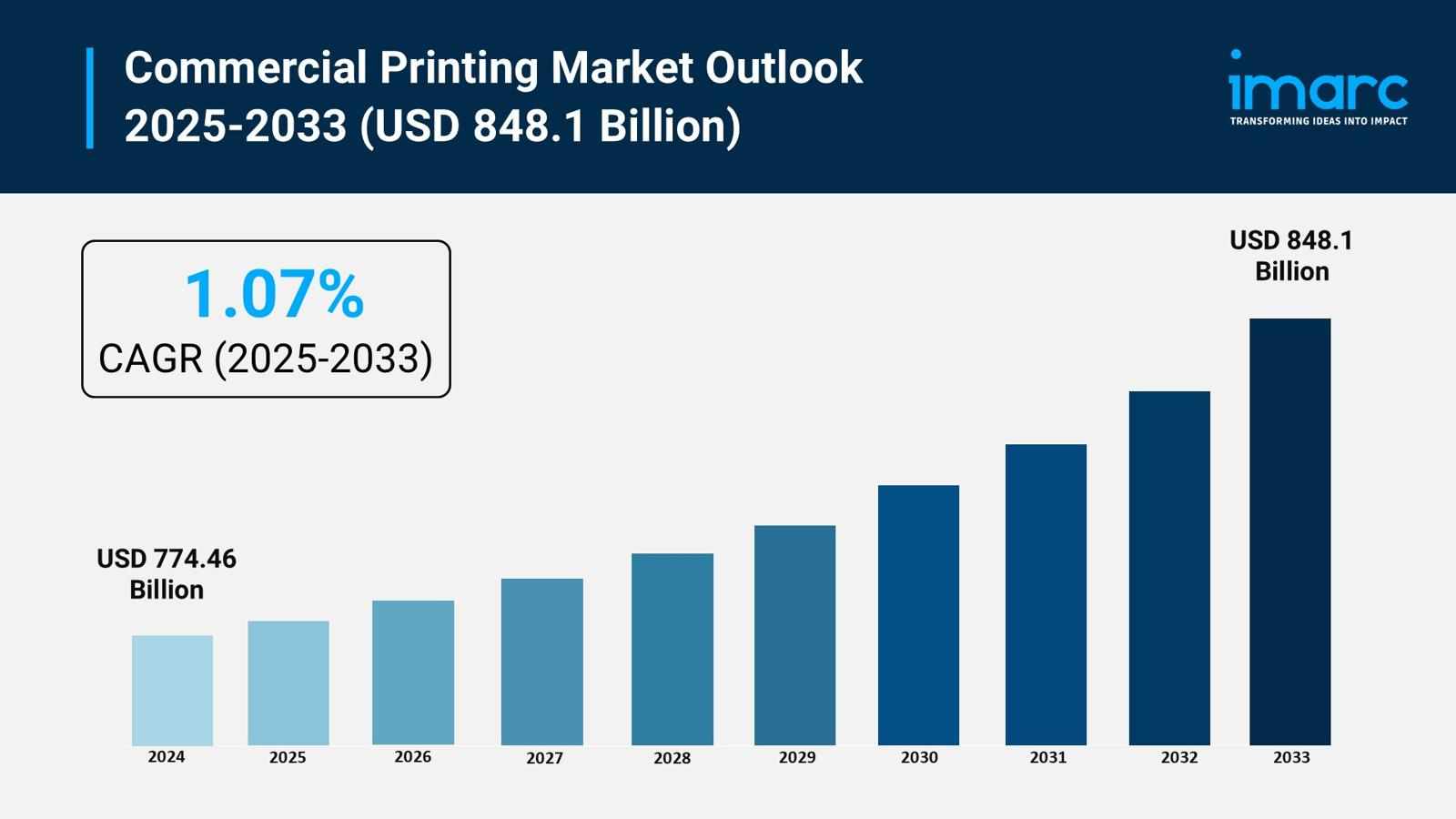

Write a comment ...